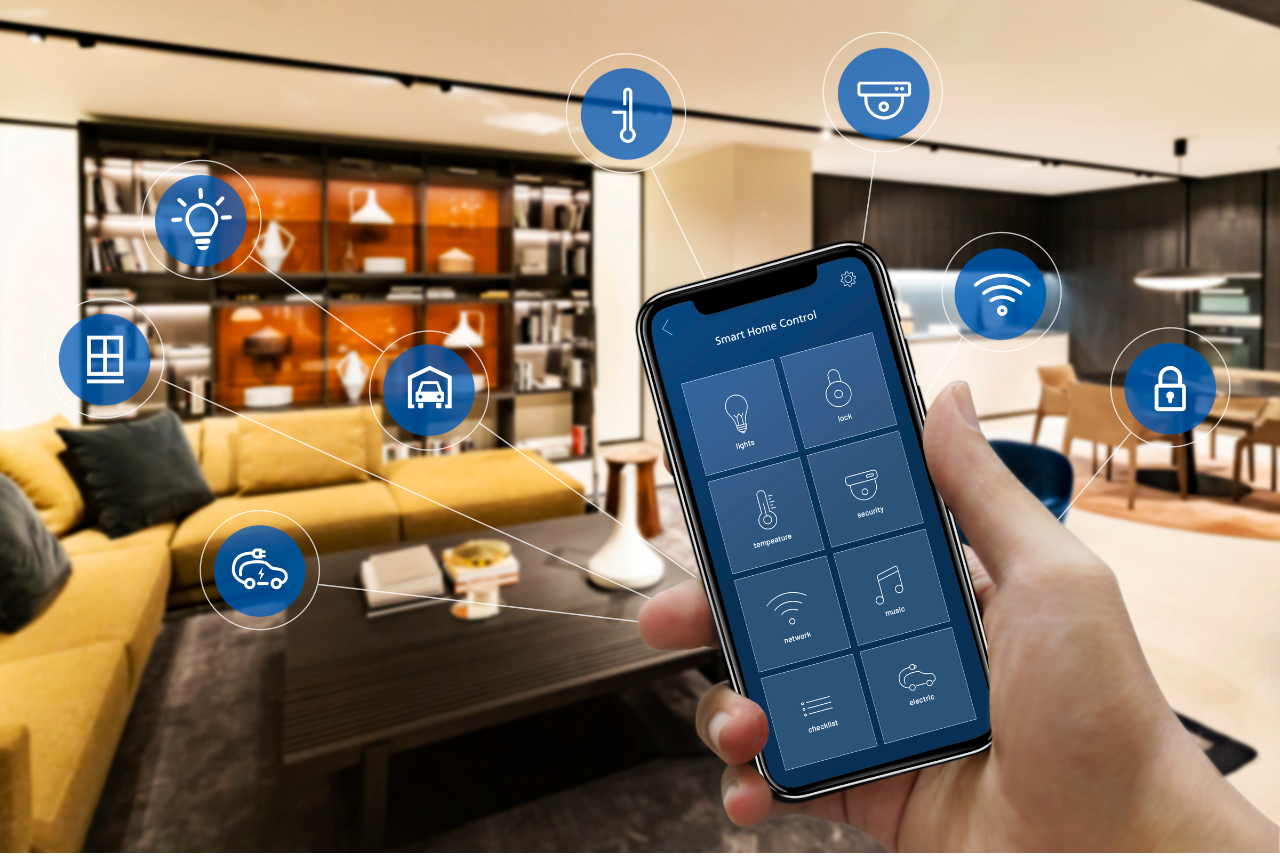
Automation Trends for Green Homes: What's Shaping the Future?
Share
In recent years, the concept of green homes has evolved from a niche market into a mainstream movement, driven by the growing awareness of environmental sustainability and the role of technology in enhancing our daily lives. For tech professionals and enthusiasts, the intersection of these fields offers a fascinating glimpse into the future of living spaces. In this article, we'll delve into the key automation trends for green homes that are shaping the future, with a focus on how these innovations are making our homes more efficient, eco-friendly, and smarter.

The Rise of Smart Home Technology
The backbone of modern green homes lies in smart technology. With the exponential growth of the Internet of Things (IoT), smart devices are becoming increasingly popular in residential settings. These devices not only provide convenience but also play a crucial role in energy efficiency and sustainability. From smart thermostats to automated lighting systems, the integration of IoT in green homes is a trend that's here to stay.
How IoT is Changing Sustainable Living explores the transformative impact of IoT on sustainable practices, offering insights into future developments.
Energy Management Systems
Another significant trend in the realm of automation trends for green homes is the implementation of advanced energy management systems. These systems enable homeowners to monitor and control their energy usage in real-time, leading to substantial reductions in energy consumption and costs. By leveraging machine learning algorithms, these systems can predict energy demand patterns and optimize energy distribution accordingly.
Smart Thermostats
Smart thermostats are a staple in modern green homes, offering precise control over heating and cooling systems. These devices can learn user preferences and adjust settings automatically, ensuring optimal energy efficiency. The integration of AI-driven technology further enhances their capabilities, allowing for predictive adjustments based on weather forecasts and occupancy patterns.
For those interested in exploring Best Energy Efficient Cooling Systems, this resource provides an in-depth look at how smart thermostats and other technologies contribute to sustainable living.
Solar Power Integration
Solar energy has long been a cornerstone of green homes, and its integration with automation systems is a trend that continues to gain momentum. By combining solar panels with smart inverters and battery storage solutions, homeowners can optimize their energy consumption and reduce reliance on the grid.
The use of solar-powered devices, such as automated leak detectors, is another innovative approach to sustainability. These devices operate independently of traditional power sources, offering both energy efficiency and cost savings. Discover more about these innovations in Solar-Powered Leak Detectors.
Sustainable Building Materials
The choice of building materials plays a crucial role in the sustainability of homes. Modern green homes are increasingly incorporating materials that are not only eco-friendly but also compatible with automation technologies. From recycled steel to bamboo flooring, these materials contribute to the overall energy efficiency and environmental impact of the home.
For a comprehensive exploration of sustainable architecture, consider reading about Technologies Used in Green Construction.
Insulation and Windows
High-performance insulation and energy-efficient windows are essential components of green homes. These features not only improve thermal comfort but also reduce energy consumption. The integration of smart sensors and automated shading systems further enhances their functionality, allowing for real-time adjustments based on environmental conditions.
Water Conservation Technologies
Water conservation is another critical aspect of green homes. Automation technologies in this area include smart irrigation systems, low-flow fixtures, and rainwater harvesting systems. These technologies enable precise control over water usage, reducing waste and promoting sustainable living practices.
For insights into innovative water-saving solutions, explore our coverage on Innovations in Eco-Friendly Home Automation.
Conclusion
The future of automation trends for green homes is bright, with technology playing a pivotal role in shaping sustainable living environments. As smart devices become more sophisticated and accessible, homeowners have more opportunities than ever to reduce their environmental footprint while enjoying enhanced comfort and convenience. For tech professionals and enthusiasts, staying informed about these trends is essential to harnessing the full potential of green home automation.

Frequently Asked Questions
What are the primary benefits of automating green homes?
Automating green homes offers numerous benefits, including enhanced energy efficiency, cost savings, improved comfort, and a reduced environmental impact. By leveraging smart technology, homeowners can optimize their energy usage, leading to lower utility bills and a smaller carbon footprint.
How does IoT contribute to sustainable living?
The Internet of Things (IoT) contributes to sustainable living by enabling seamless connectivity and communication between devices. This integration allows for real-time monitoring and control of energy and water usage, resulting in more efficient resource management and conservation efforts.
Are there any government incentives for adopting green home automation?
Yes, many governments offer incentives for adopting green home automation technologies. These incentives may include tax credits, rebates, and grants to encourage homeowners to invest in energy-efficient and eco-friendly solutions. It's essential to research available programs in your region to take full advantage of these benefits.
